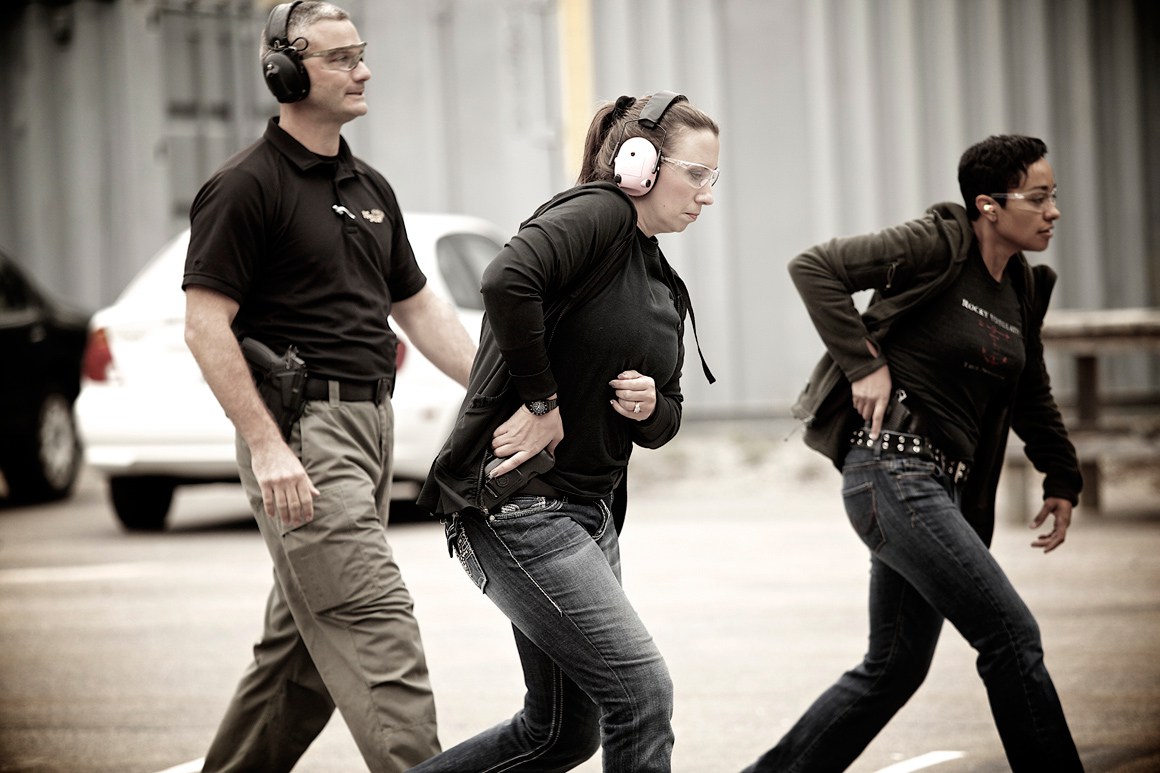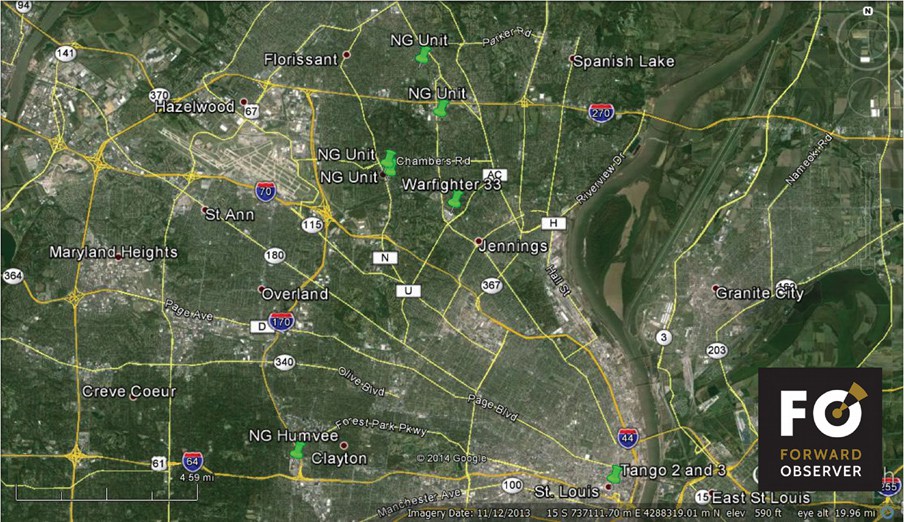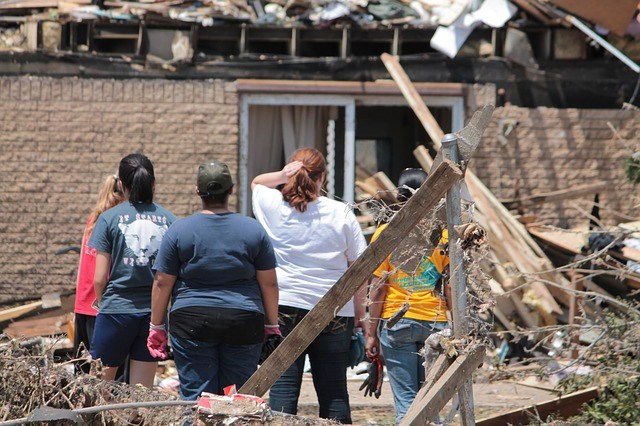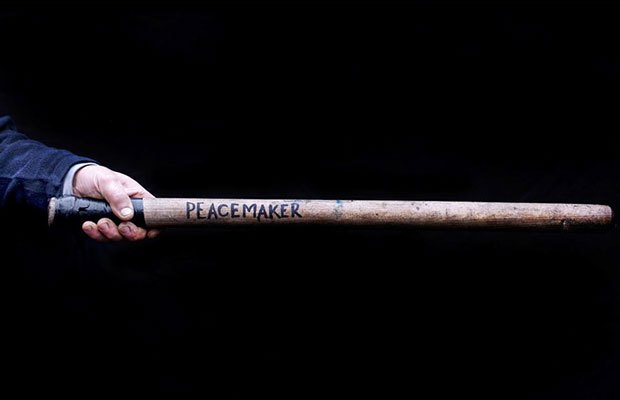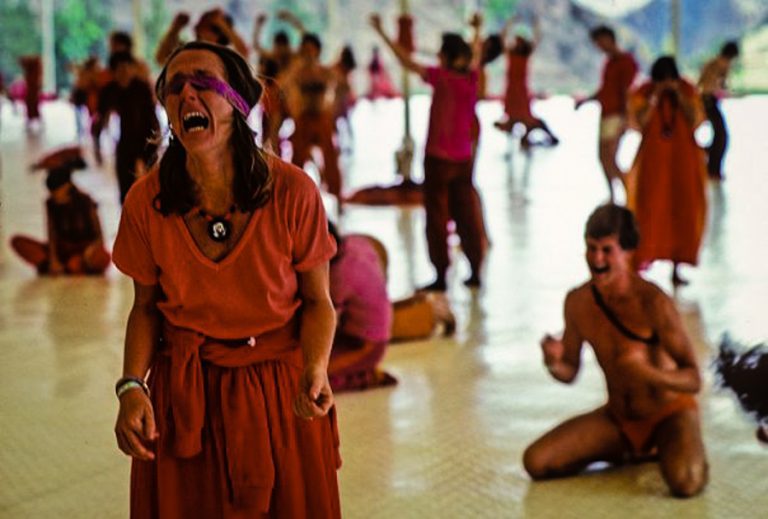Bug Out Bag Checklist
When you are assembling your Bug Out bag, most people begin with scouring the internet looking for ideas. If you are like me, this will invariably lead to a long list of supplies for your bug out bag that sound great, but weigh a ton and have very specific uses that you may not encounter. What I wanted to do was create a simple bug out bag checklist you can use to get a jump-start at building your own bug out bag that has taken into consideration a few of the lessons I already learned when I did this myself. This bug out bag checklist is also available as a downloadable PDF so that you can print this out and keep it with you as you build your own bag.
What is a Bug Out Bag?
Let’s start out with the obvious and cover what a bug out bag is. Actually, it might be easier to say what a Bug Out Bag is not before we get too deep. A bug out bag is not an RV. This is not your luggage for a two-week vacation in Cancun. Your bug out bag is not something to replace your tool shed and you will not be able to carry everything you want on your back. If you plan to walk to some remote retreat location with everything you need to live for two years on your bag, you are sadly mistaken.
A bug out bag contains the essentials you need to live if you are forced to leave your location. This bag will have everything you need plus some additional supplies, but careful thought and consideration should be given to what you are putting in this bag. Why? Because you will have to carry all of this stuff and the more you add, the heavier it gets. I wrote a post a while back about weight considerations called “Is Your Bug Out Bag Going to Get you Killed?” and if you need more convincing about weight, maybe you should read that article first. For the rest of you I will assume that you want to carefully consider the supplies you need in this situation. For people like you I have created this simple list of Bug Out bag contents, a downloadable PDF and a little explanation for each.
The properly loaded Bug Out Bag should give you everything you need to live for 3 days at a minimum so that is the framework of this list. I won’t be packing two weeks’ worth of food in here and most of this list might be considered the bare necessities by some.
What do you need to know before you pack your bug out bag?
First of all, I like to ask the question of why I am bugging out in the first place. This helps me frame the purpose of use of my bug out bag a little, but not drastically. Like I said above, the Bug Out Bag or BOB is for saving your life. It will not and should not be thought of as the magic box with all you will ever need. The list of supplies we could put in here is enormous if you start from the perspective of thinking of everything you could possibly need in an SHTF scenario.
I believe that the items below should go in virtually every bug out bag that is assembled regardless of the reason you are Bugging Out in the first place. Will you pack different items if the economy has collapsed as opposed to a Hurricane? Probably, but the essential Bug out bag items will stay the same; you will just add to what we have contained here.
What Items do you need to put in your bug out bag?
A good bug out bag will hold all of your gear and be tough enough to stand up to abuse. Comfort helps too…
Water
Water is essential to anyone’s survival so you must have a plan for carrying it, obtaining fresh water along the way and treating is so that you can drink it without catching a disease that will knock you on your butt at the worst possible time. If you don’t believe me, just think about the last time you were away from home and you got sick.
Water Bottle – I like Nalgene bottles because they carry a lot, but are very lightweight when empty and the opening fits at least one of the water filters I recommend, the MSR Miniworks EX Microfilter. You can’t boil water in a Nalgene Bottle though so you need options for that which we discuss in the Tools section.
Water Filter – There are two that I like. The first is the MSR Miniworks Microfilter that I mentioned above. The second filter that is great for your bug out bag is the Sawyer Products Mini Water Filtration System. Both will do an excellent job of converting water that you collect into drinkable water. What about UV pens or Water treatment tablets or chlorine? I don’t like the taste with treatment tablets or chlorine and I don’t want to depend on anything that needs batteries for my drinking water. Do you run the same risks with mechanical systems? Sure, but I am betting the filters above will last me long enough to keep me alive for a few days.
Extra Capacity – I like the regular Nalgene bottles, but to save trips to the creek, I also pack a backup water container in the Nalgene Wide Mouth Cantene (32-ounce). This allows me to fill up two bottles and that normally lasts me all day unless I am in extreme heat environments. This Nalgene canteen collapses down to virtually nothing so space or weight when it is empty isn’t an issue.
Food
OK, water is covered for the most part, now we move to the next most important survival item and that is food. This topic is simple, but everyone has their own idea of what surviving is. I have seem some people recommend cans of tuna, pop tarts and ramen noodles in your bug out bag. This will certainly work. You can also add dehydrated meals designed for camping too. I am focusing on two things when it comes to food in your bug out bag. The first is how long you can store it and the second is how simple is it to prepare/vs. nutritional value.
Tuna fish and Pop Tarts are simple, and don’t require any heating so they are a plus, but I don’t want tuna in a hot car all summer. I also don’t want to have to worry if they have gone bad but I think the biggest thing is that if you are running for your life with everything you need to survive strapped to your back you are going to need some serious calories.
For my bug out bag I like two options depending on where I have my bag stored. For warmer conditions like in the trunk of my car, I like Mainstay Emergency Food Rations. These really are emergency food bars and withstands Temperatures of -40° F to 300°F (-40°C to 149°C). It isn’t gourmet dining, but it will take the extremes of summer (unless you live on Mars) and give you a ton of calories.
The second (and preferred) option if I have my choice would be Mountain House Freeze Dried meals designed for camping. I get the pouches that feed two just in case and grab the highest calorie packs you can get. The Breakfast Skillet is excellent and at 680 calories will fill you up and give you much-needed energy for hiking with that pack. I think the Chilli Mac is even higher and also tastes great. You don’t need anything for these but a spoon and hot water. Just fill the bag up with the recommended amount, let it sit and dig in. You can pack 9 of these in your pack or 6 and those pop tarts.
Clothing & Shelter
Food and water, check. OK the last leg of the survival pyramid is shelter and in this we will count clothing as well as something to keep the elements off you.
Clothes – This is simple, or it should be. You want a good pair of long pants, long sleeve shirt, change of underwear and a spare pair of socks. What if it is hot? Shorts are nice, but not necessary because you are already living without the convenience of air conditioning most likely so you will already be sweating. Why long pants? Because they will provide more protection for your legs. Same with the shirt and in the warm weather, you don’t need to get a sunburn. What if it is cold? You will be wearing warmer clothes anyway so this should already be on your person and not in a pack. Layers is the best way to go about clothing but remember, this is just to save your life. You don’t need to be pretty and you won’t die if you have to wear the same pants for two days in a row. It’s the same with underwear.
I would also add some rain protection in either a rain coat or poncho.
I wouldn’t leave the house without sturdy shoes I can walk for a long time in and you should pack appropriate headgear for the season too. In the winter I like a beanie to keep my head warm, but again I will most likely be wearing this and won’t have it in the pack. Gloves are also a nice addition and I have something that will keep my hands warm in the winter, but something designed for work regardless. A good pair of leather gloves should be added as well to protect your hands.
Shelter – This is just to keep the elements off you and won’t replace a warm and toasty house. Shelter can go from the extremes of a tent to the simple tarp. Not that a tent is extreme, but tents add a good bit of weight, take time to set up and tear down and are really noticeable from a distance normally. For camping I take a tent, but for Bugging out I would consider a tarp like the ENO Pro Fly Rain Tarp instead of a full tent. Tarps are much lighter and give you protection from the elements much like a tent. You won’t be able to keep out bugs though – again, this is about life saving, not the ultimate in comfort.
Sleeping bags are another weight consideration that take up a good bit of space. My tent and sleeping bag are easily the heaviest and largest items in my regular backpack for camping. You can buy very lightweight and compact sleeping bags, but expect to pay at least $400 to save the weight and room in your pack for all the other goodies you need. In the theme of survival again, I would recommend a Adventure Medical Kits SOL Emergency Bivvy instead of a sleeping bag. These are cheaper than a regular bag at around $15, fit in the palm of your hand and only weigh 4 ounces.
Fire & Light
For fire you can get tricky or keep it safe. For me, I recommend several good Bic disposable lighters stored in a waterproof bag. Easy and virtually foolproof. Additionally, I carry a Swedish Firesteel as a back up. You can also pack all sorts of other implements but chances are that if you can’t start a fire with a lighter or a firesteel you won’t be able to start a fire anyway.
For lighting I recommend headlamps for everyone. This is a perfect hands free option to light your way that is great even for kids. I personally have Petzl E91 Tikkina 2 Headlamps for every member of my family. They are bright enough for any task, sit on your head and are adjustable. Plus, they take regular AAA batteries and not some weird off nomenclature or rechargeable batteries that some of the higher end headlamps do. Rechargeable is a great idea as long as it is in a common size that has multiple uses.
Self Defense
The items above should be able to keep you alive if you are out in the elements by yourself. If you are out in the elements with other people, you should consider something for self-defense. The choice of implements for protection vary by the situation you are in and what you could be faced with. I have guns so that is my go-to option for self-defense. If the reason I was bugging out was total bedlam, anarchy I would take a rifle and a pistol. If this was a temporary bug out due to a weather event or something that I thought was temporary I might only take a concealed pistol. Regardless of what the situation is, you will need something for your self-defense. I’ll leave the choice up to you.
Communications
The communications options are limited to the scenario you are in. If we have a minor event where you can reasonably expect life to return to normal sometime, a spare cell phone battery might be all you need or a way to charge the phone you have. If cell service is down your only real option would be walkie talkies which have a very limited range or HAM radios. I recommend carrying a hand-held HAM radio capable of broadcasting and receiving on UHF and VHF and a dual band antenna that can give you more range.
For the radio I recommend the Baofeng UV-5RA because they are solidly built, offer any feature you can reasonably need for grid down communications and only cost around $35. You just can’t beat that! Pair this radio up with a Slim Jim antenna and 50 feet of coax cable and lastly an adapter connector and you can easily talk or listen to anyone broadcasting 50 to 100 miles depending on where you are. Just loop some paracord around the antenna, throw that up into a tree and you are all set. You have to learn how to use this equipment, but it is in my opinion the single best Bug Out Bag option for communicating if the grid goes down.
Tools
The tools I consider bringing taking into account weight is a multi-tool like a Leatherman, a good pocket knife like a Tenacious G10 from Spyderco and a larger multi purpose knife like a Gerber LMF II. What about bolt cutters, pry bars and chain saws? I don’t think those are good for a bug out bag. Should you have them at home? Sure, but the chances you will need something like that are slim. What if the SHTF you ask and I have to break into a warehouse for shelter? I hear you, but I simply don’t think it is worth the weight.
The Multi-tool will meet most of your needs for fine tools with pliers, small saw and a wrench. If you plan on rebuilding an engine with it though…
Other tools are something to cook/boil water with a good first aid kit and some paracord.
For boiling water and cooking I recommend a JetBoil Flash. The whole kit and fuel fits nicely in one small, relatively lightweight container. With this you can boil water for your freeze-dried food or to disinfect it. It’s also really good for coffee too.
Adventure Medical Kits make a really decent ultralight first aid kit. This won’t allow you to perform surgery in the woods or remove a bullet but cover most of the bases. I would augment one of these per bag with a bag of Quick Clot and some larger pressure dressing bandages. Tampons and Maxi pads are also great blood stoppers… obviously.
Hygiene
I know some people throw the entire medicine cabinet in their bug out bags, but again I am only thinking about survival not going to the prom so the basics – bar of soap, toothbrush, toothpaste, chap-stick, floss, hand sanitizer. What about women? I have added a couple of extra niceties to my wife’s BOB only because I know that will improve her outlook should we be forced to bug out. Your mileage may vary.
Miscellaneous
For miscellaneous I would add some duct tape which you can wrap around your water bottles, lighters or just about anything else, bandannas which have a thousand uses and spare batteries for any gear that requires them. What about important documents? I am still on the fence about that but I plan on writing about that later. I just don’t see an Ellis Island type of situation happening where you need to show your birth certificate, but anything is possible. I can see having ID with your current address to prove where you live.
I know some of you will ask, what about the bag? Great question, but the bag is going to depend on what you carry. I would gather your bag’s contents first and then select the bag based upon what you plan on carrying.
When you are assembling your Bug Out bag, most people begin with scouring the internet looking for ideas. If you are like me, this will invariably lead to a long






